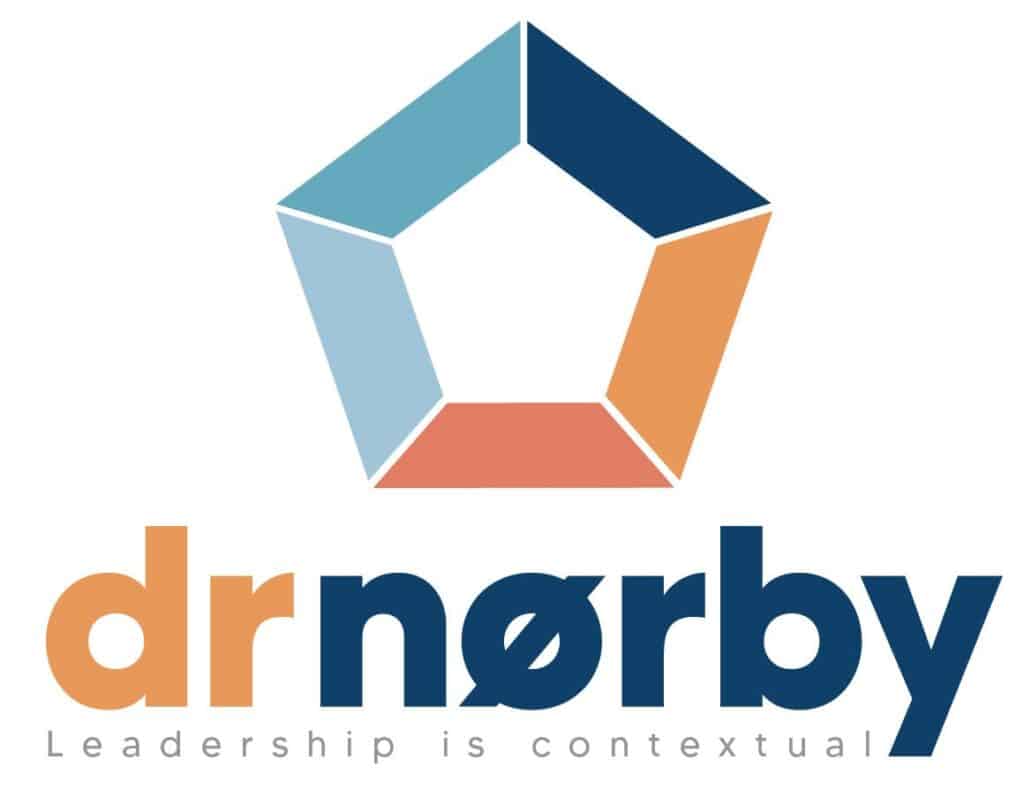Most leaders operate in an environment where there are at least some resource constraints (limited availability of budget, staff, time, equipment, etc.). Part of their role is to analyse and justify their resource requirements based on what they need to deliver on organisational goals and intentions.
Ninety-five per cent of the leaders in the global leadership context study agreed that resource constraints and their opposite, known as resource slack, can have either a positive or negative effect on productivity. The leader’s response to the relative availability of resources, when matched to their requirements, is crucial to a team’s success.

Why are resource constraints important in the leadership context?
Awareness of the factors in the leadership context can help you make more informed leadership choices. Also, the leader can shape some of these factors to promote organisational performance – the resource allocation landscape is one of these malleable factors. Resource constraints sit within the structural level of the leadership context and refer to the relative availability of the resources needed for a business to operate. This includes both the currently available resources and those the leader could free up through optimisation or prioritisation. Knowing which resources can be freed up and reallocated through hard leadership choices is integral to securing organisational agility and resilience.
Key issues related to resource constraints that were highlighted in my doctoral leadership context research included:
- Limited resources can be a good or bad thing for a leader.
- Severe resource constraints can help spur innovation, driving entrepreneurial thinking and creativity to overcome challenges. It forces people to find creative solutions within the current resource constraints and spurs a solution-oriented approach to making things happen.
- On the other side, scarce resources can make innovation more difficult, leading to delays and uneven workloads, stress and burnout, or lower productivity due to a lack of critical competencies or resources. A sustained low level of resources will result in running fast to solve the tasks at hand with little energy to invest in learning together, documenting and spreading best practices.
- This good versus bad paradox can also be seen where there is resource slack.
- Where resources are less constrained, this can help leadership and work performance through the possibility of investment in tools, time, talent, attention and education. It allows the leader to ‘front-load’ the development by building stronger competencies or experimenting with new methods that a team can leverage to improve performance.
- However, fewer worries about resource availability could lead to a lower sense of urgency and less drive to innovate, change or optimise resources. The organisation grows complacent and more casual about how resources are used. The dedication and stretch disappear, making it more difficult to drive change and make things happen fast.

Resource allocation is an important part of leadership
This implies a resource availability dilemma related to the stretch in the organisation, where abundant resources can lead to less urge to rethink the current state. In such cases, the research shows us that clear creativity and performance goals and stronger follow-through from the leader offset such complacency.
In essence, the leader should use resource allocation actively to guide efforts towards either continuous efficiency improvement or innovation initiatives. Rather than sustaining an existing resource allocation, the leader should constantly consider what activities to scope down or stop to free up resources to be invested in activities promoting the organisational goals more. For example, moving resources between serving existing customers and acquiring new customers, or changing administrative procedures from running weekly to monthly and spending the resources better elsewhere.

Further advice from the panels of experts
In my research, I also gathered thoughts from more than 125 experts in leadership, HR and academia. Their key practical advice for leaders included:
- Reallocate resources quickly. You can promote performance by assessing and scoping the incoming performance requirements and purposefully increasing resources on the new priorities by decreasing resources elsewhere. It is your task to align expectations with your own manager within the given resource constraints – not accepting the status quo but investigating current resource allocation and aligning the performance expectations to strike the best balance. At the same time, you should ensure that organisational health is not threatened by excessive demands, work overload or unrealistic targets.
You can always find resources for vital priorities. I find this is a function of corporate entrepreneurship. It is a question of managing trade-offs and value creation.

Professor of Innovation Management, participant in the global leadership context study
You can always find resources for vital priorities. I find this is a function of corporate entrepreneurship. It is a question of managing trade-offs and value creation.

- Secure the mandate. To be effective in resource allocation, you must understand which current resource allocations are addressable for reprioritisation and which are dedicated and cannot be freed up. There are always practical boundaries around increasing or decreasing the resource constraints within your leadership context. Certain organisations or projects will allow you minimal options to reprioritise or reshuffle resources, for example, in some public organisations or tightly scoped projects. Hence, you need to investigate the mandate to reallocate and uncover the wriggle room since resource allocation is such an important leadership tool. Even more, because most leaders are occasionally tasked with reducing resources, it’s vital that you can prioritise based on insight and explain the necessary prioritisation. Thus, it is crucial to understand which resources you can affect directly, which you can influence through negotiation, and which are fixed.
Resource restraints will always be there. The constraints can be managed by making deliberate choices of the most critical focus areas and deciding what not to do. Deselecting is a vital leadership discipline. If a leader fails in this area, employees will experience stress and perform less well.

Executive Director of HR, participant in the global leadership context study
Resource restraints will always be there. The constraints can be managed by making deliberate choices of the most critical focus areas and deciding what not to do. Deselecting is a vital leadership discipline. If a leader fails in this area, employees will experience stress and perform less well.

- Understand the resource slack. In some low margin industries or during periods of poor performance, with a very low level of resource slack, you need to be very diligent in the cost follow-up. In other industries, or during periods of higher profitability, you may have more resource slack which you can allocate up-front to drive projects. In both cases, you should exercise active leadership and make the choices that move the resources to the activities with the highest return, even when it entails making hard choices or there is no external pressure.
- Find resource trade-offs. External resource scarcity can limit your opportunities to increase a needed resource, for example, when you have the budget to hire but cannot acquire the necessary talent in the market. In these instances, you may need to consider resource trade-offs, for example, increasing the resources spent on training to compensate for the lack of accessible talent. At times, such reallocation needs to be negotiated since the trade-off relates to different budgets.
This blog series is based on my doctoral research studies into the leadership context, involving more than 125 leadership experts. My research identified contextual factors that can significantly help or hinder leadership or organisational performance. It also gave me insight into the contextual dynamics and how to handle these challenges.
My blogs aim to inspire leaders to exercise more effective contextual leadership, and assist companies and consultants in developing better recruitment, leadership and talent programmes. Please get in touch if you have ideas, queries or wish to contribute to promoting insights about context and leadership.


